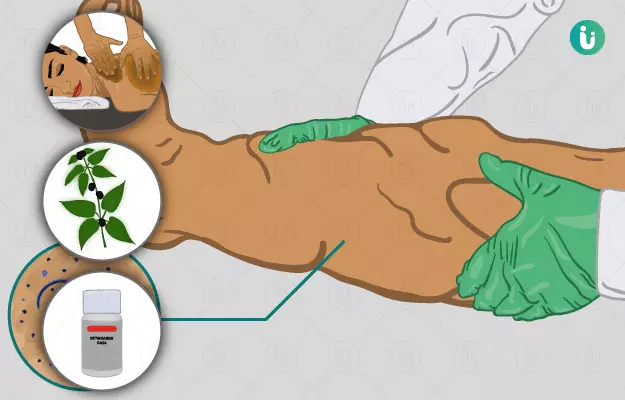Filariasis is an infectious disease caused by parasitic roundworms. Though it is not a life-threatening condition, it causes serious health problems, especially in the tropical and subtropical regions. Filariasis infection may lead to elephantiasis which is characterised by enlargement of the external genitalia, limb or any part of the body. This disease may be caused by one of the two nematodes, namely, Wuchereria bancrofti and Brugia malayi. The parasite may penetrate the skin either on their own or through the bite of a mosquito. The early stage of filariasis is characterised by headaches, chills, fever and skin lesions. Occasionally, individuals may be asymptomatic during the initial phase. If left untreated, the disease gradually progresses with swelling (elephantiasis) in legs, external genitalia or other body parts due to inflammation and obstruction to lymph flow.
Ayurveda describes various anti-parasitical and anti-worm herbs for treating filariasis, which includes kutaj (kurchi), vidanga (false black pepper), haritaki (chebulic myrobalan), guduchi (heart-leaved moonseed), manjishtha (Indian madder). Certain herbal preparations like nityananda rasa and saptanga guggulu and therapies like hot lepa (coating the affected body part with medication) and vamana (medical emesis) are effective in improving filariasis symptoms. Along with specific treatment for filariasis, Ayurveda advises dietary modifications and complete rest for filariasis patients, especially during fever.







































